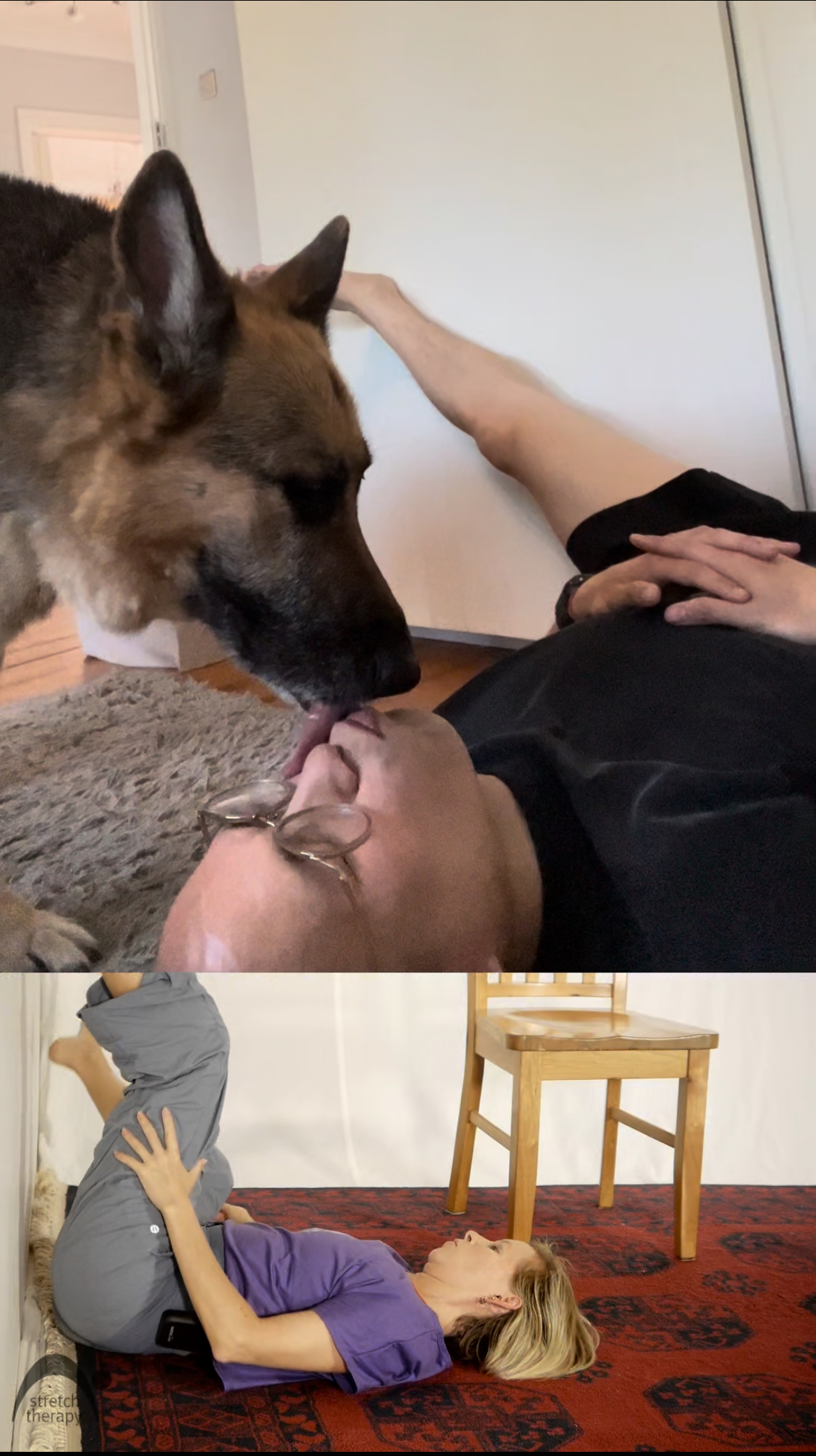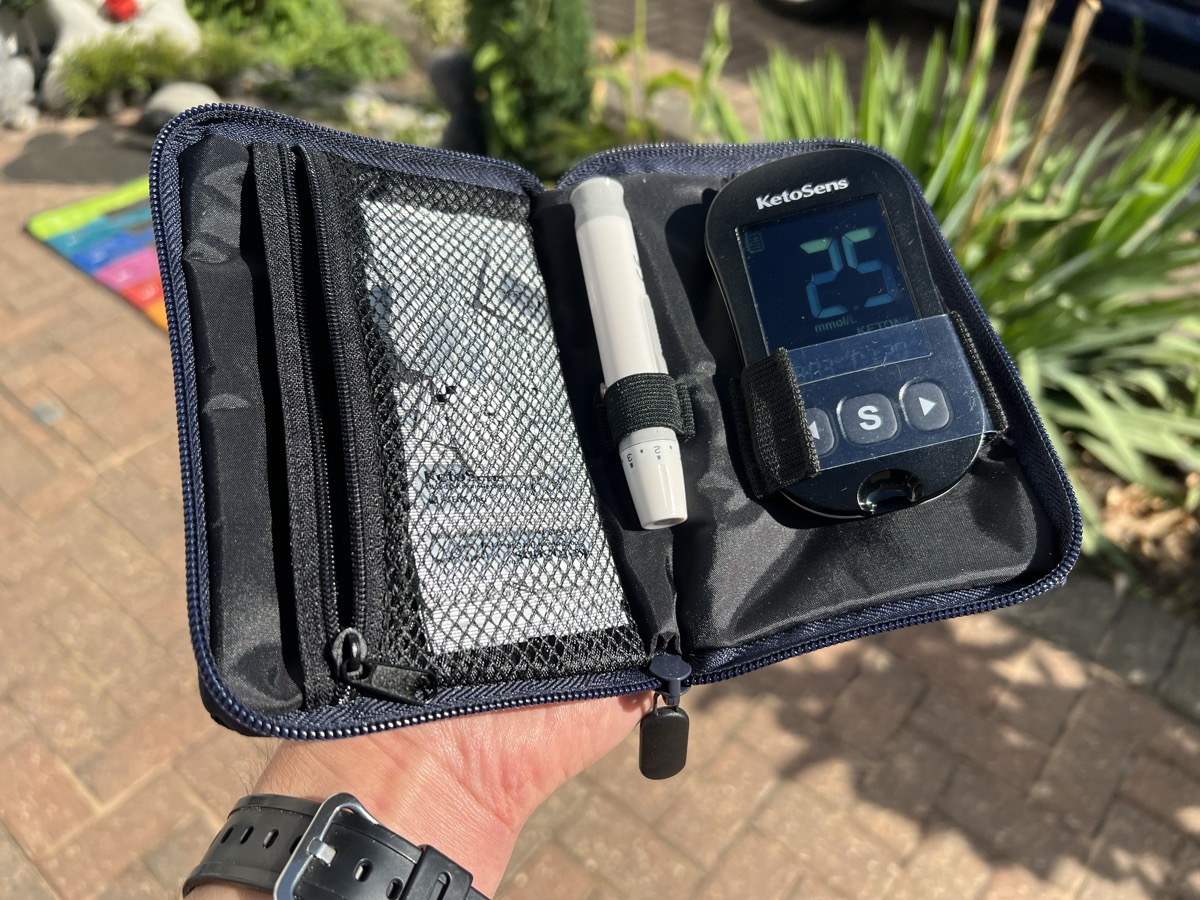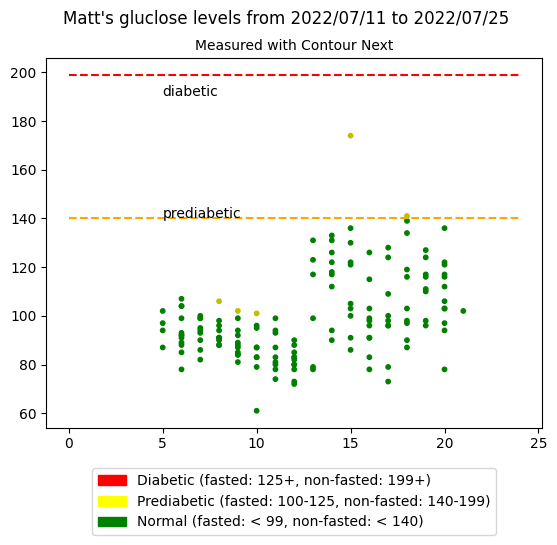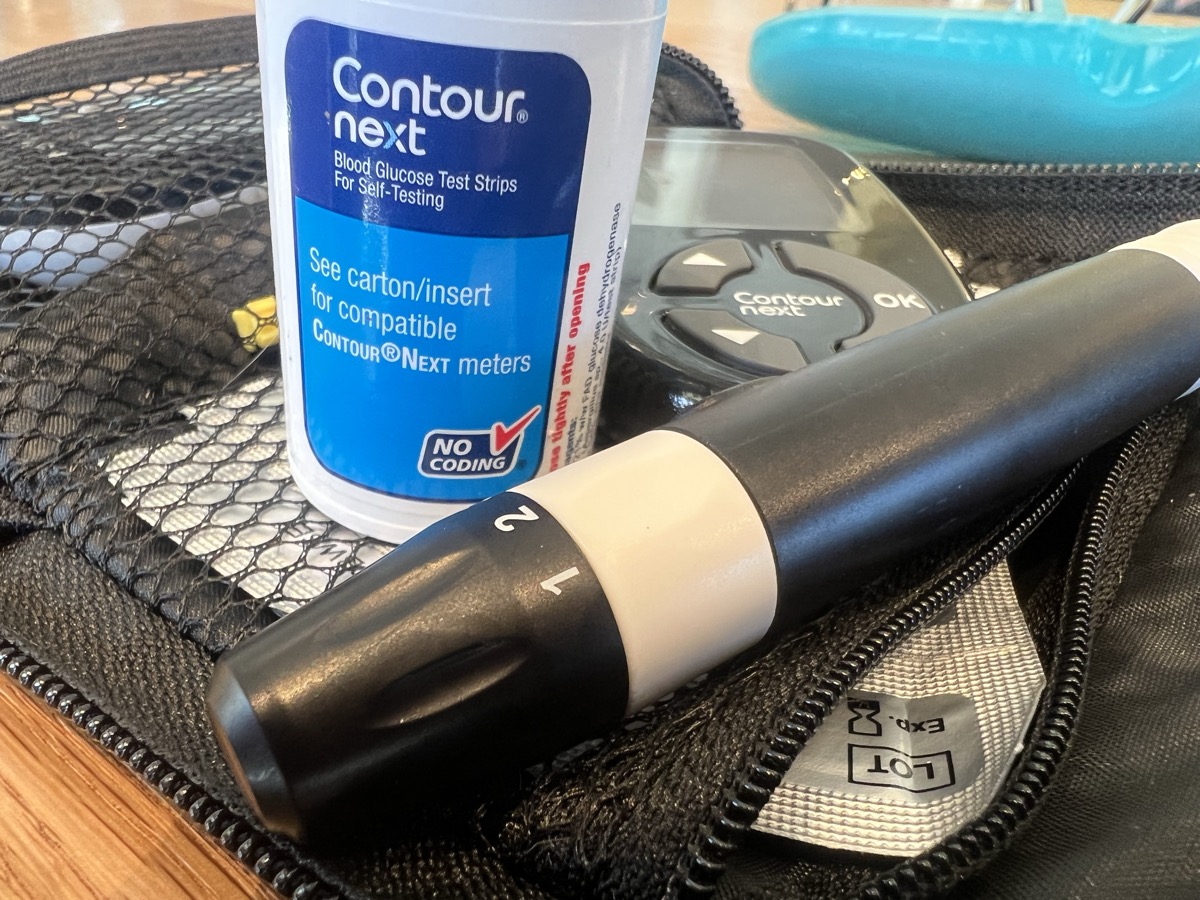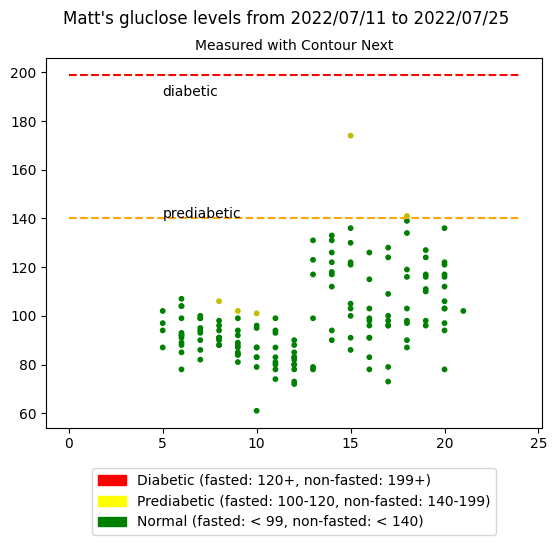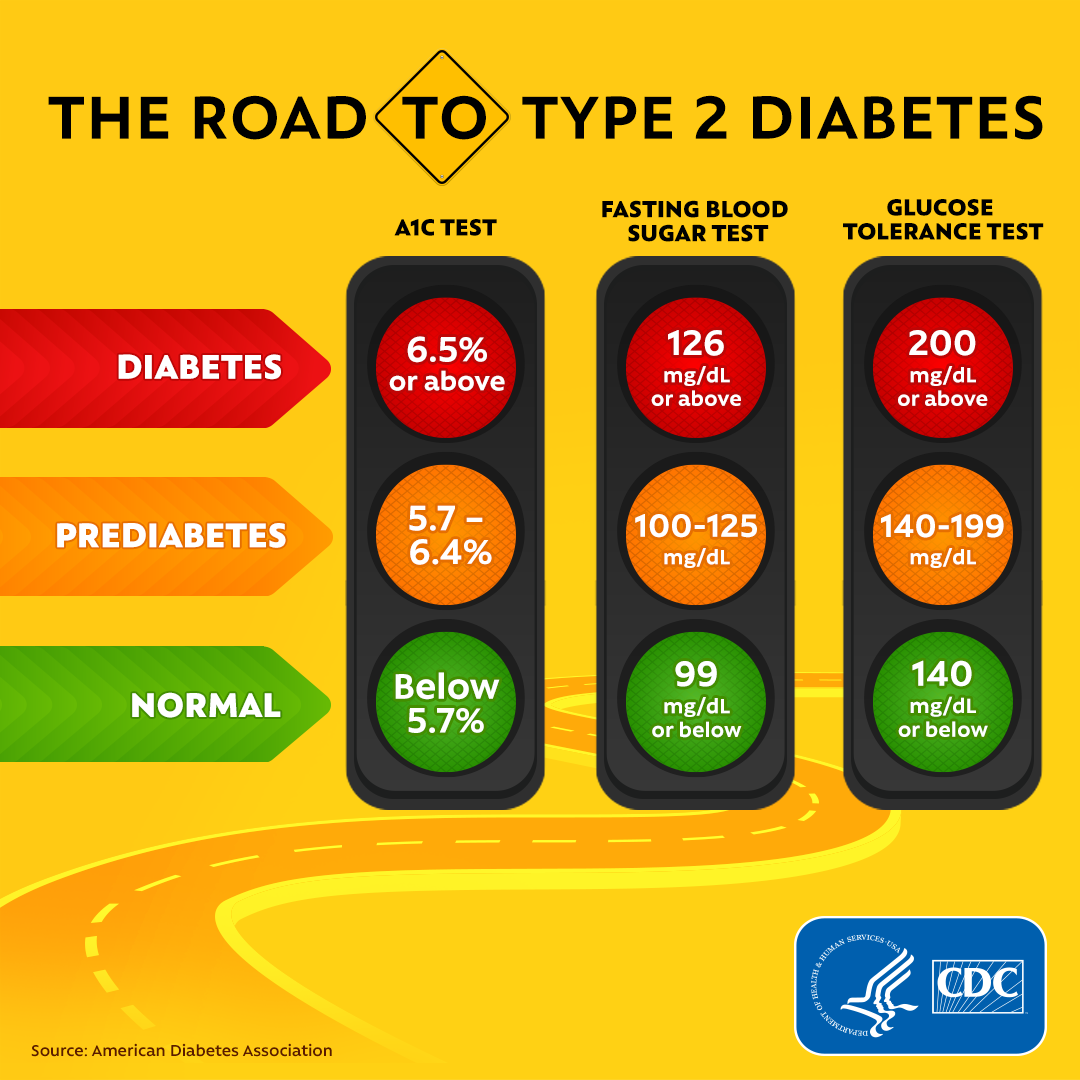Date of stretch: July 31, 2024
Equipment used: slider for hamstring lunge, chair, wall, yoga block
Total exercise duration: about 20 minutes
Thoughts: Hands down my favorite program so far. Used to hate hamstring stretches. But now that I’m able to target the muscles without experiencing sciatic nerve pain behind my knees — thanks to the adjustments — I love the muscle stretch sensation since for many years (as long as I can remember) I was unable to engage them, let alone feel them.
Summary: I’m curious what’s the difference between the first and third hamstring exercises in terms of what muscles they target since they seem to both generally target the hamstring? Do they target different parts of the hamstring? Second question: what muscles are weak / not engaged that prevent me from pulling my heels in closer to my pelvis during the Tailor Pose? I can grip my ankles with my hands and physically drag my feet in closer to pelvis so seems like I have the range of motion but lack strength in one or more muscles. Finally, during the hamstring lunge, the bottom of my back foot started cramping and although I panicked, I paused and remained in the position (instead of rushing and backing out) and after taking a few deep breathes, the cramp spasms vanished and I was able to carry out the rest of the exercise.
Hamstring
- Feels like a more accessible Elephant Walk stretch
- More tightness on the right hamstring
- The Contract and Release (C/R) felt very strong and big sensation (not uncomfortable)
Tailor Pose
- Question: What muscles are weak / not engaged that prevent me from pulling my heels in closer to my pelvis? I can grip my ankles with my hands and physically drag them closer so seems like I have the flexibility but lack the strength
- I think I am engaging the “back hip” muscles but that whole general area feels like the glutes (lack of granularity on my side)
Wall
- Want to spend more time on this since it feels good on the inner thighs
Hamstring lunge
- Right foot cramped when pulling back. Had a moment of panic and instead of rushing out of the position, I paused and took a couple deep breaths and the cramp slowly melted away and I didn’t push the stretch any further
- Question: does this hamstring lunge target different parts of the hamstring then the first one (the chair elephant walk like exercise)
- This exercise made me produce sweat and definitely increased my temperature
